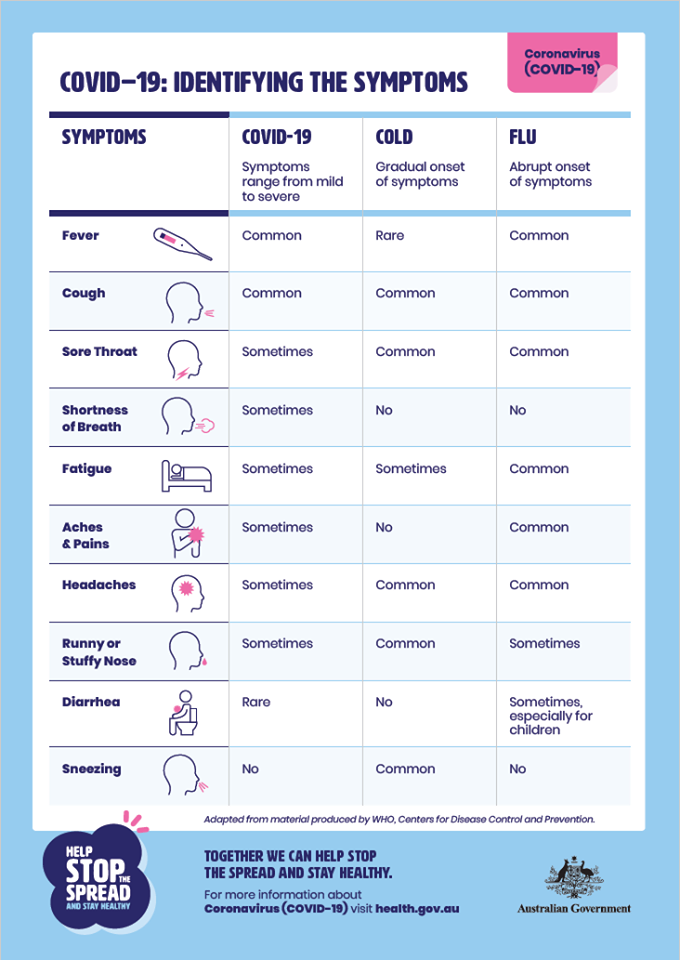

However, Pekosz notes that the EG.5 variant may not be the sole reason for the U.S. "EG.5 may cause a rise in case incidence and become dominant in some countries or even globally," WHO said in a report. Why exactly EG.5 is more transmissible is not yet known, Ko says.Īccording to WHO, EG.5 has increased immune escape properties compared to other variants.

"If it was equally transmissible, then we wouldn't see it gaining strength number-wise compared to some of the other variants," says Nachman, adding that EG.5 quickly pushed out other XBB variants in the U.S., which were dominant over the summer. Sharon Nachman, chief of the division of pediatric infectious diseases at Stony Brook Children’s Hospital, tells.

However, EG.5 is likely more transmissible than other XBB variants, Dr. Albert Ko, an infectious disease physician and professor at Yale School of Public Health, tells. The EG.5 variant is very similar to other omicron variants, which means it's highly transmissible, Dr. WHO considers the public health risk posed by EG.5 to be "low" and similar to that of XBB.1.16 and other variants of interest. So far, EG.5 has been reported in 51 countries and there has been a steady increase in prevalence globally - the majority of sequences are from China, followed by the U.S., South Korea, Japan and Canada, per WHO.


 0 kommentar(er)
0 kommentar(er)
